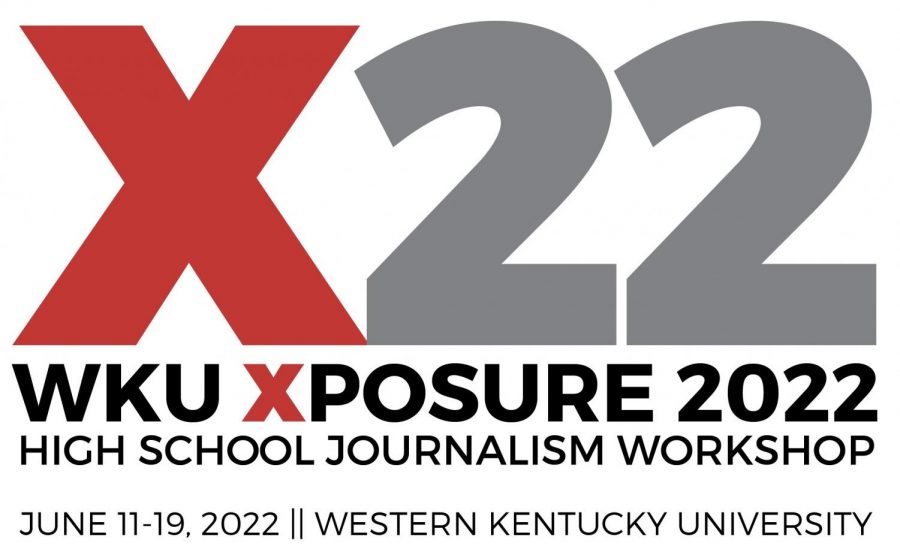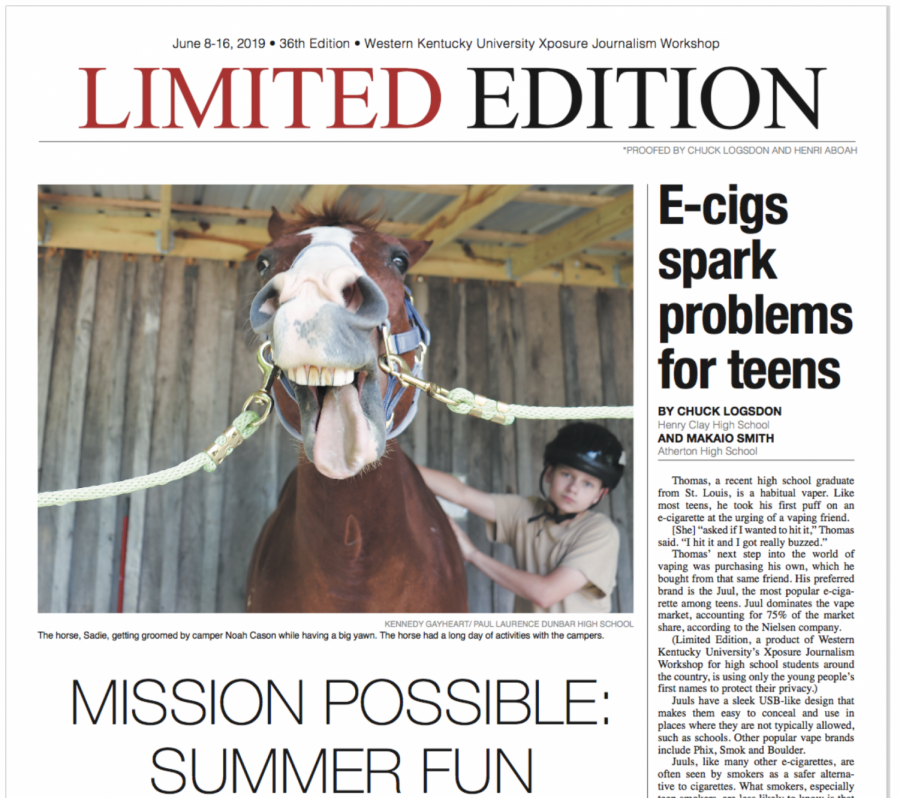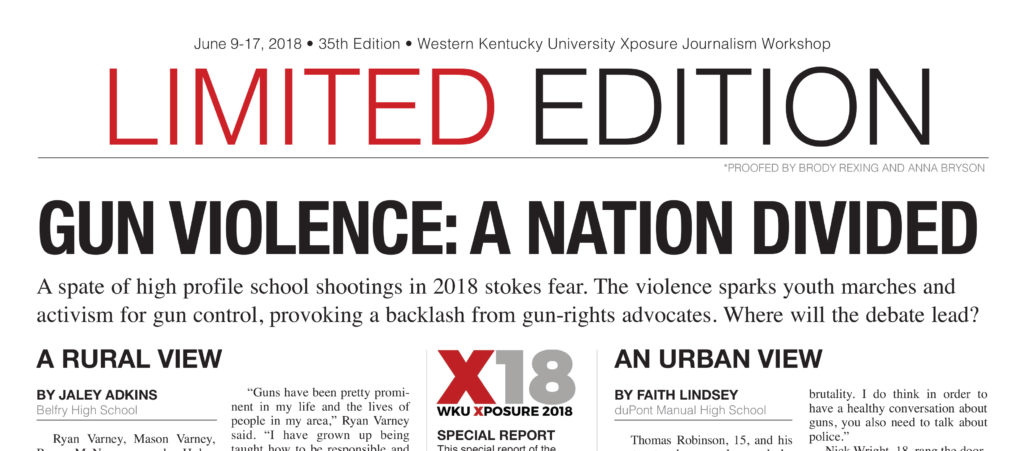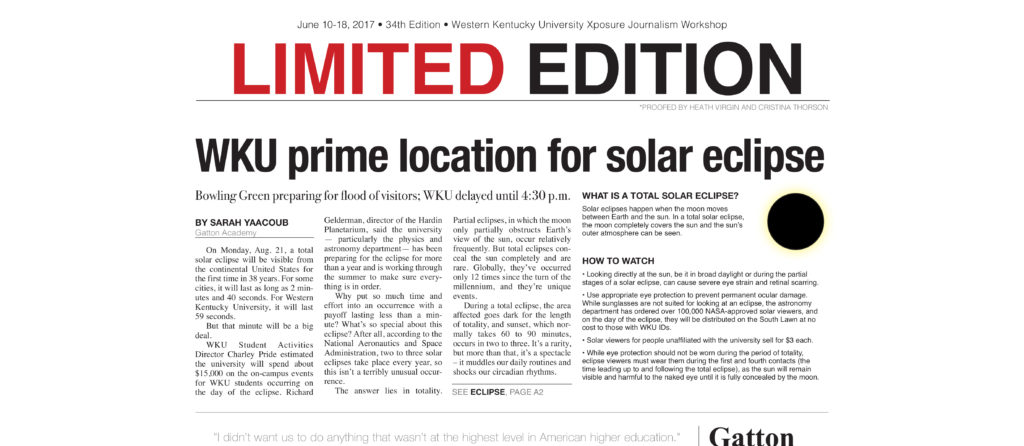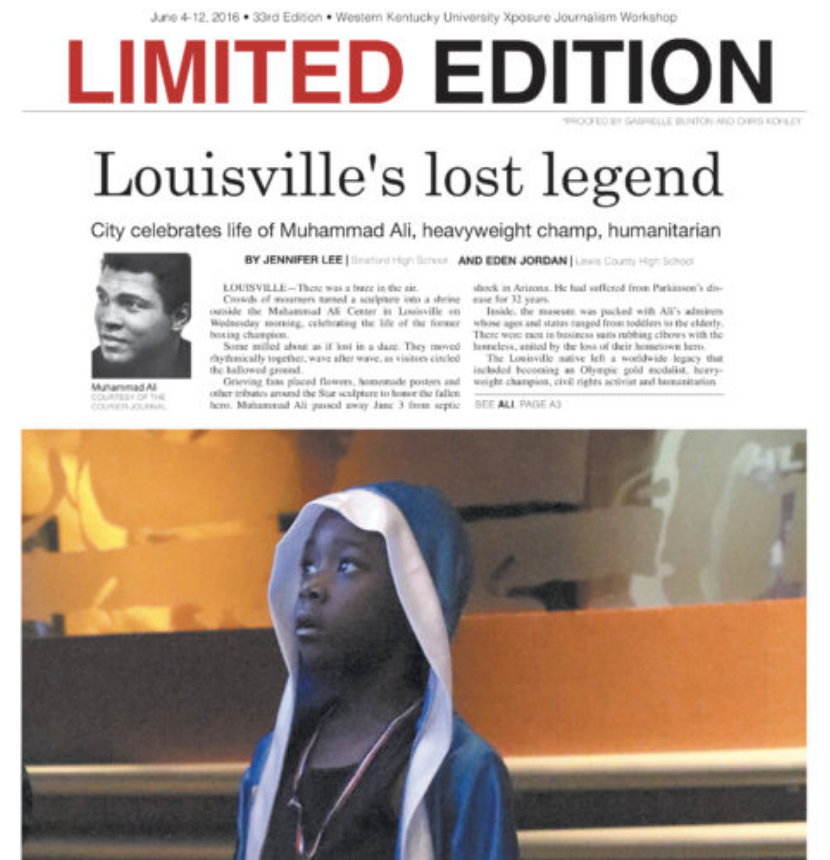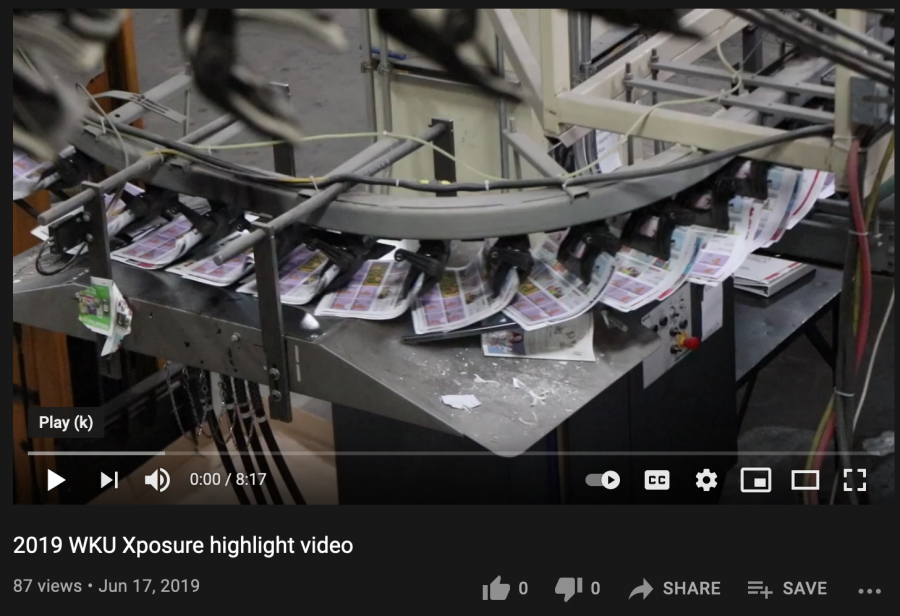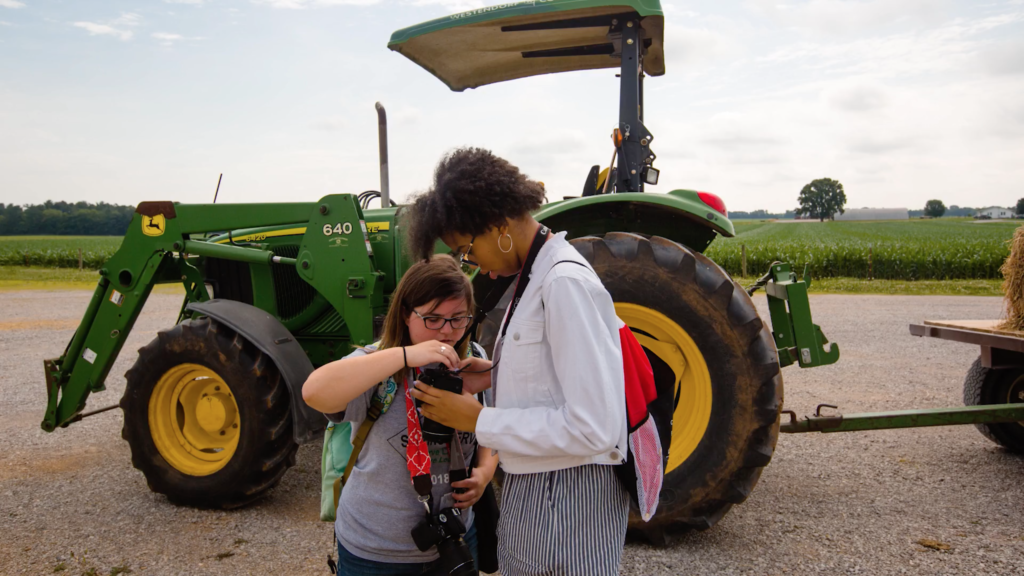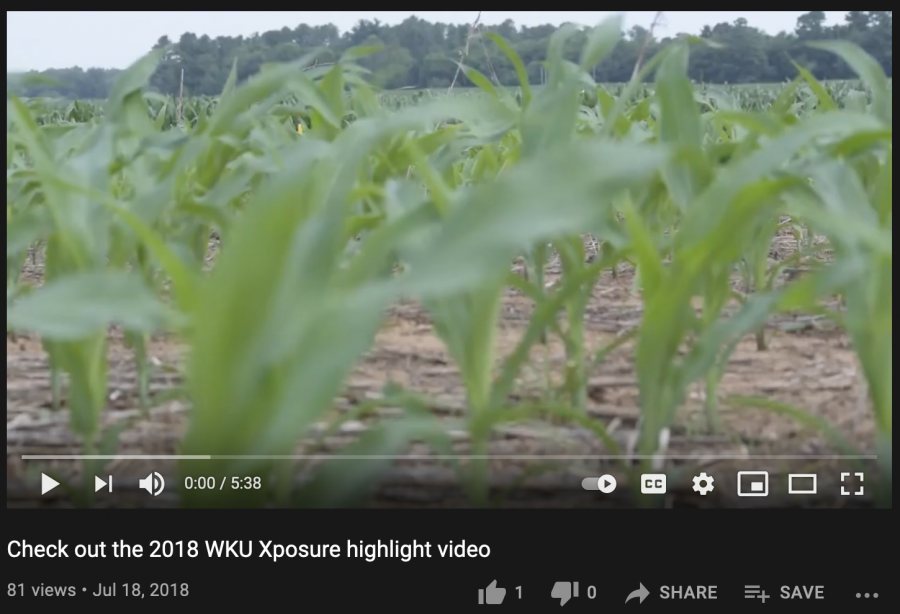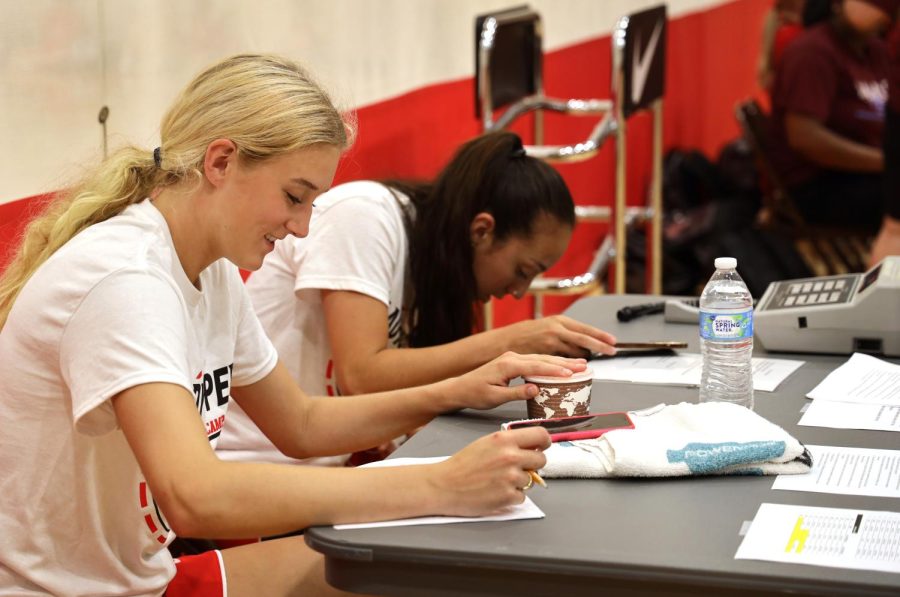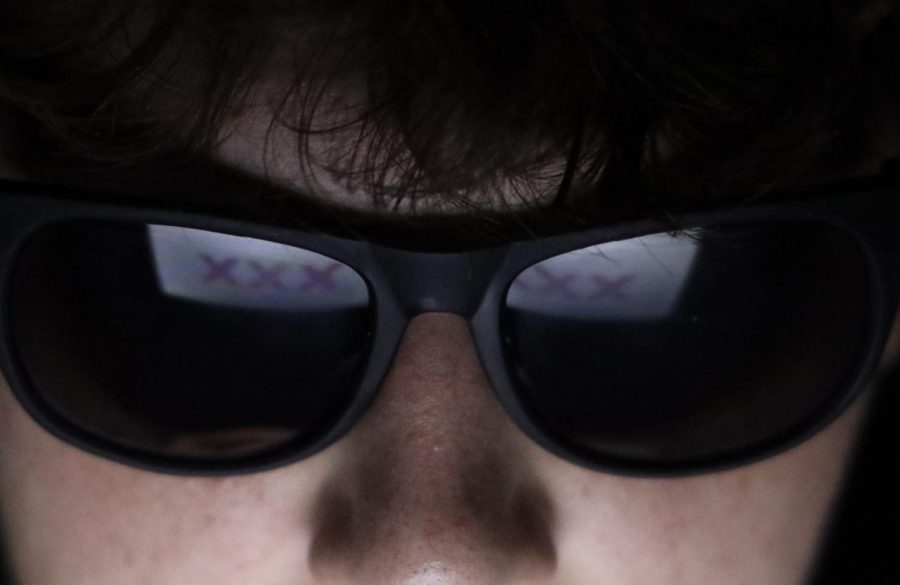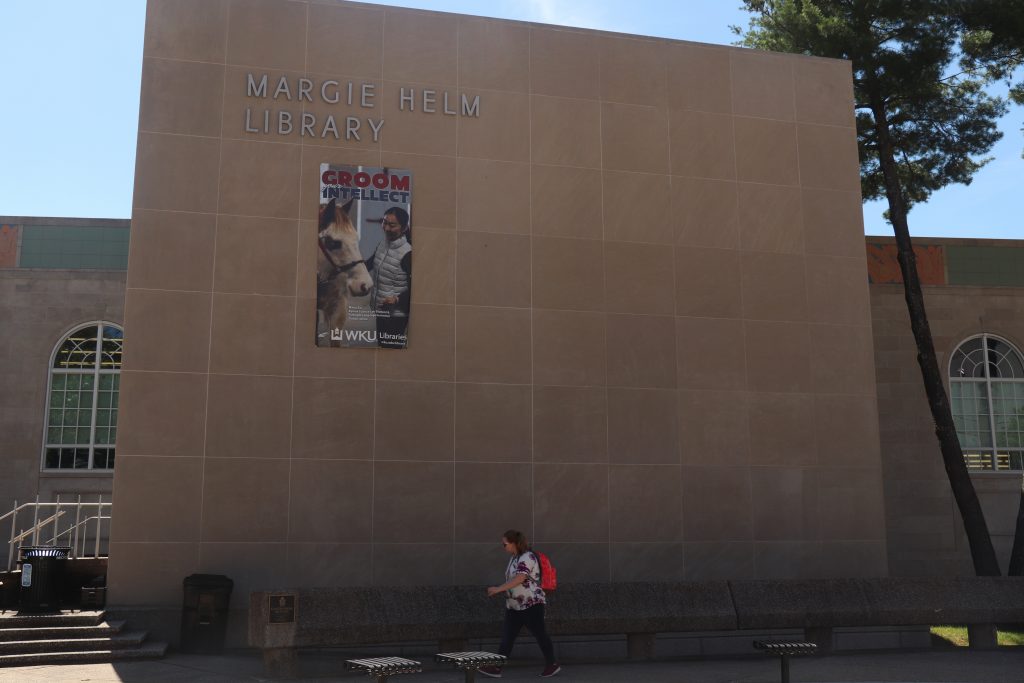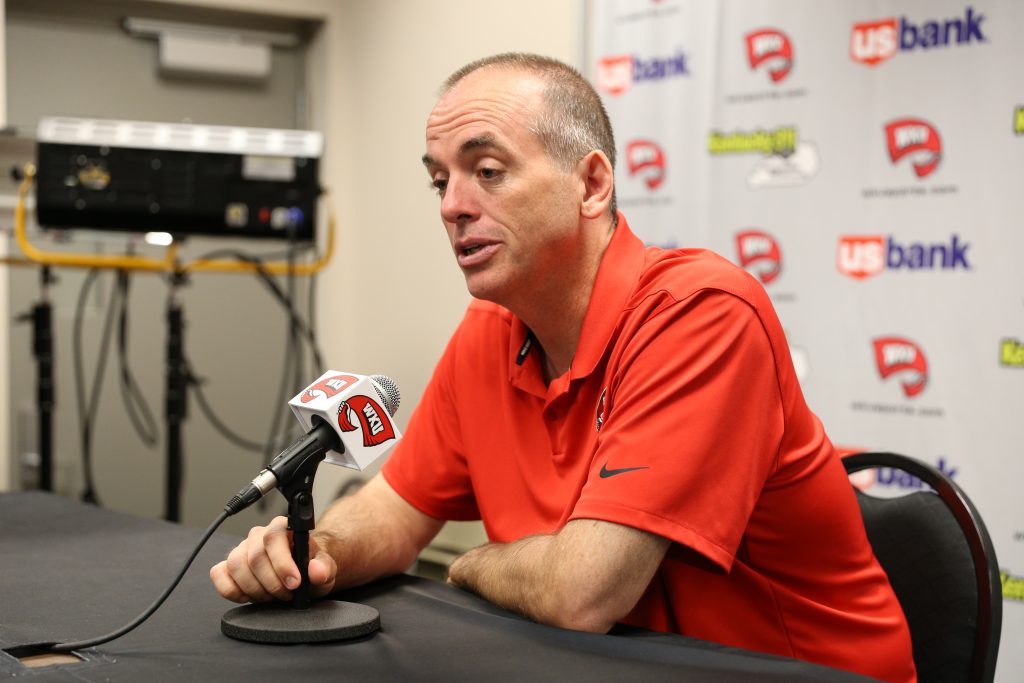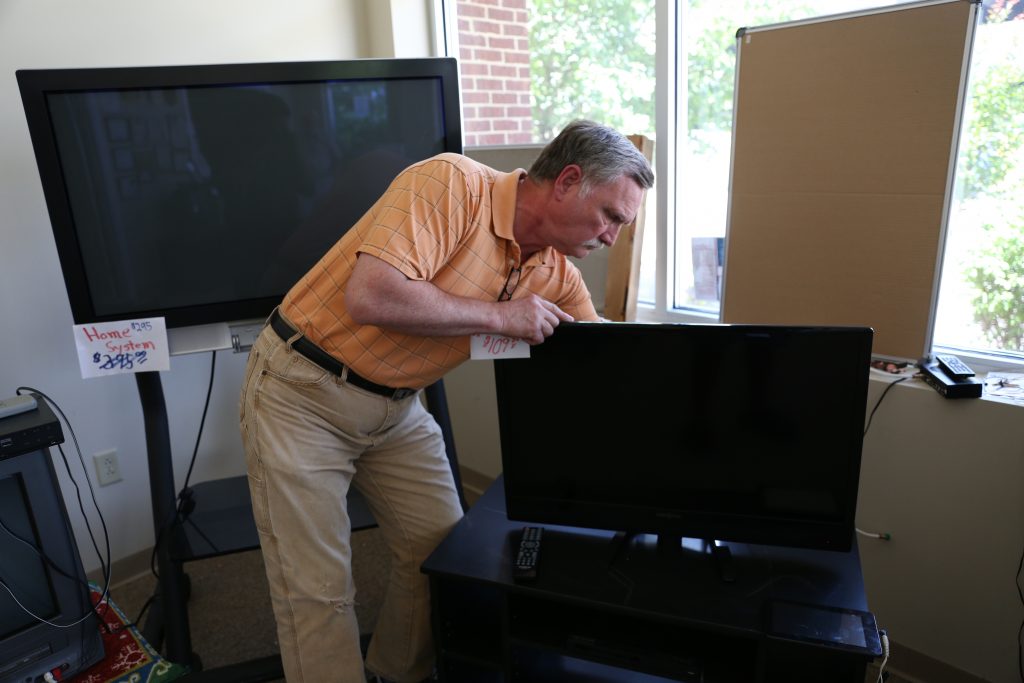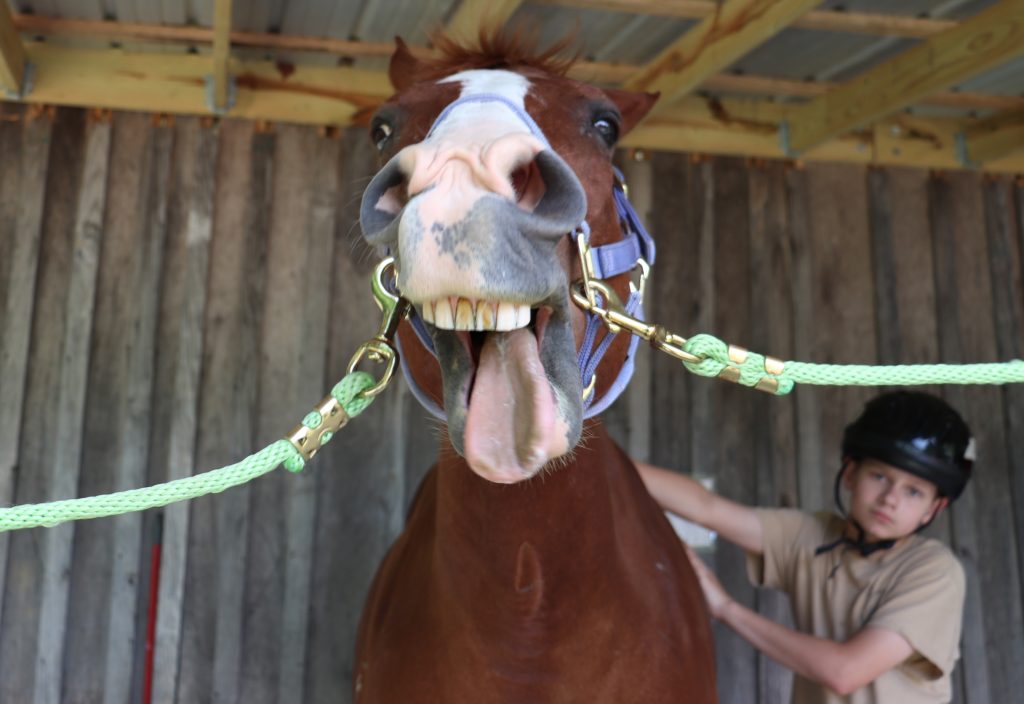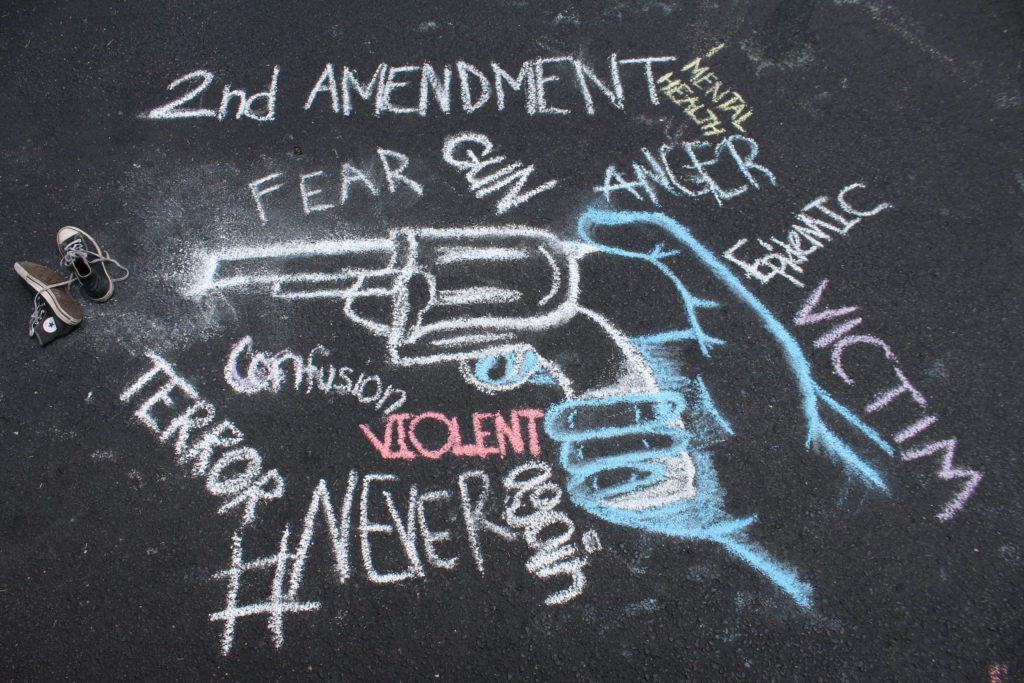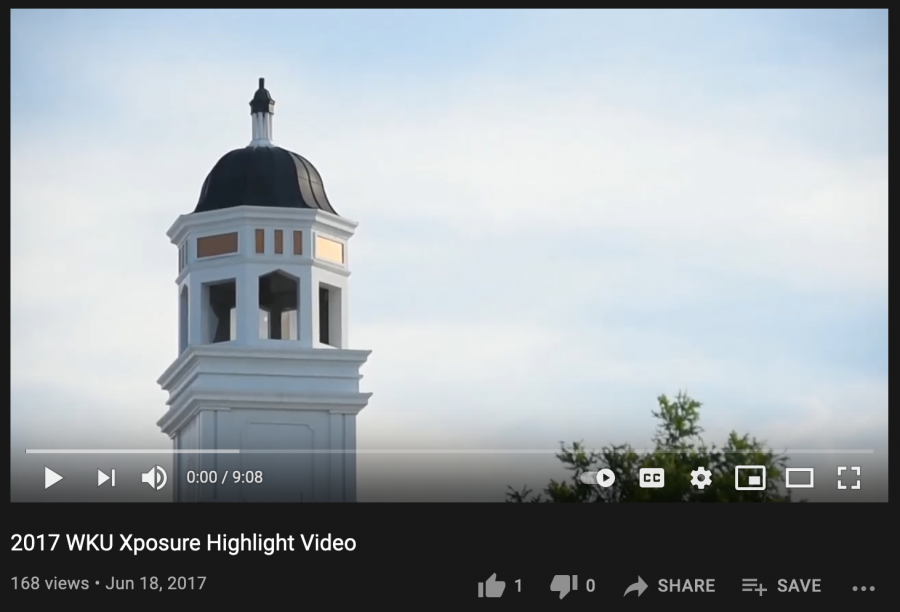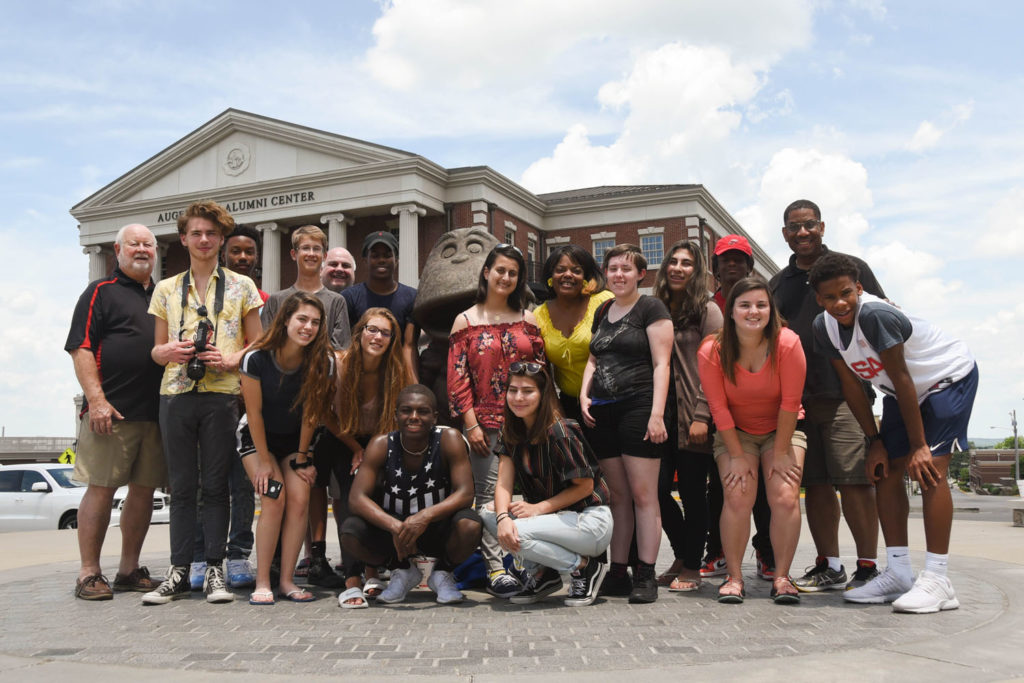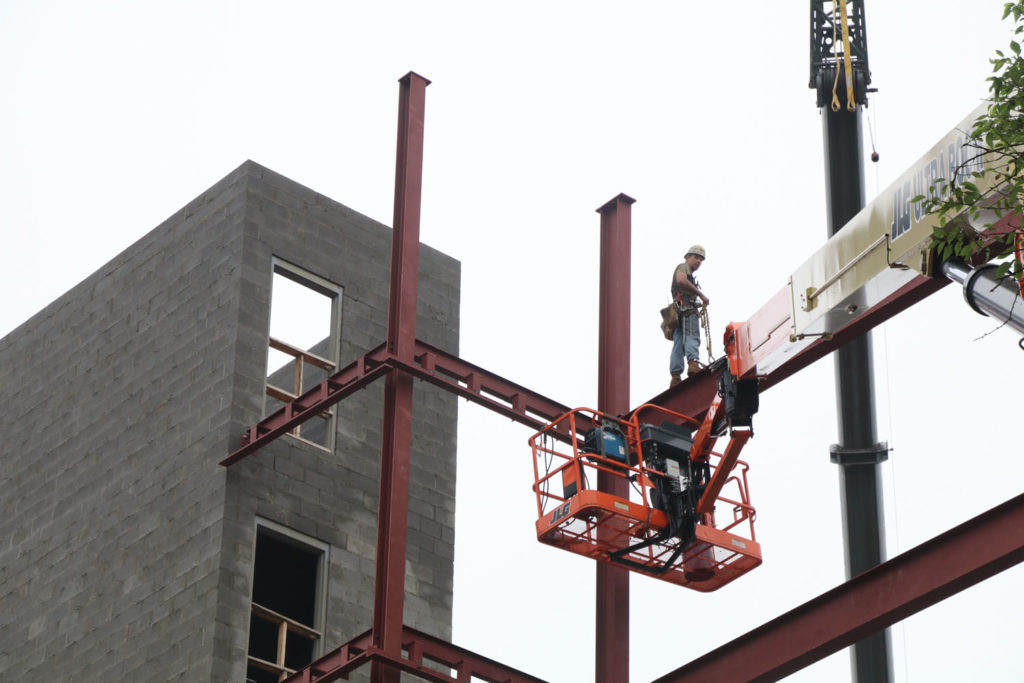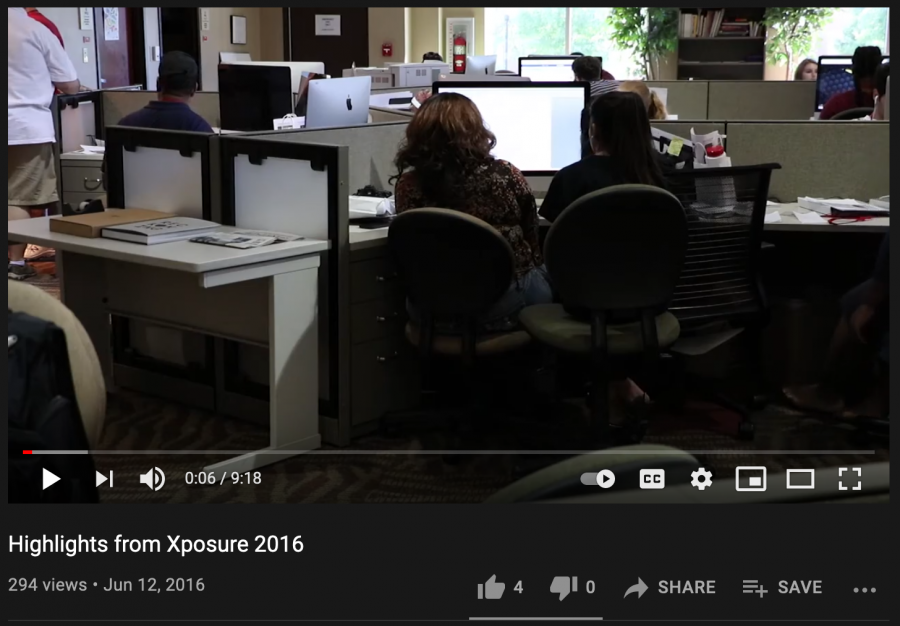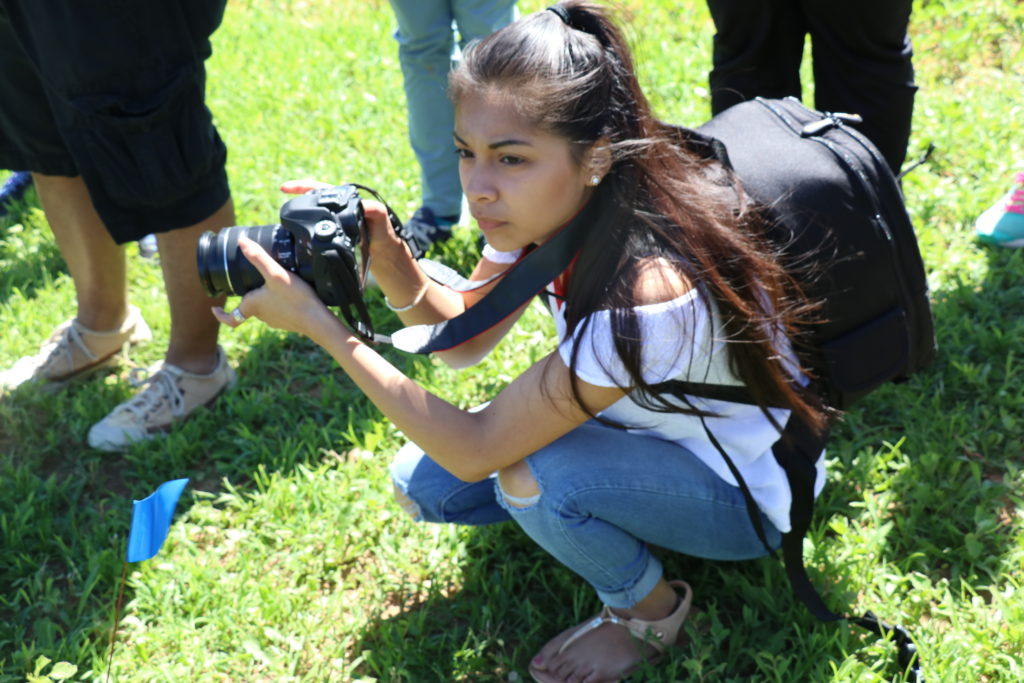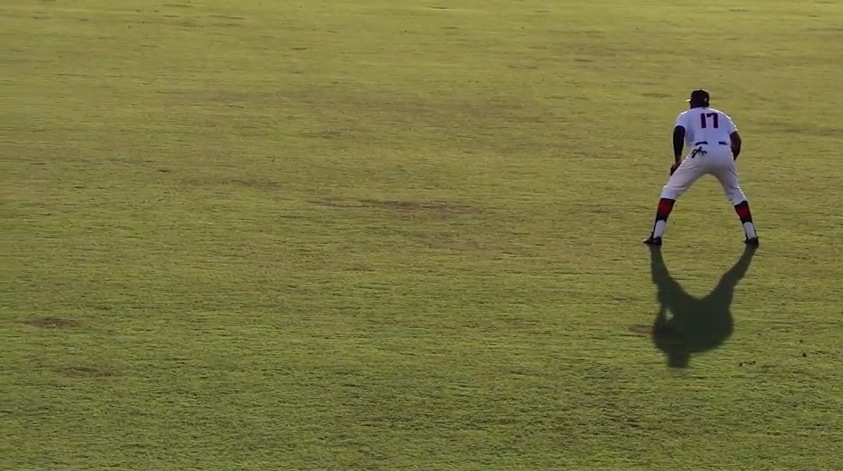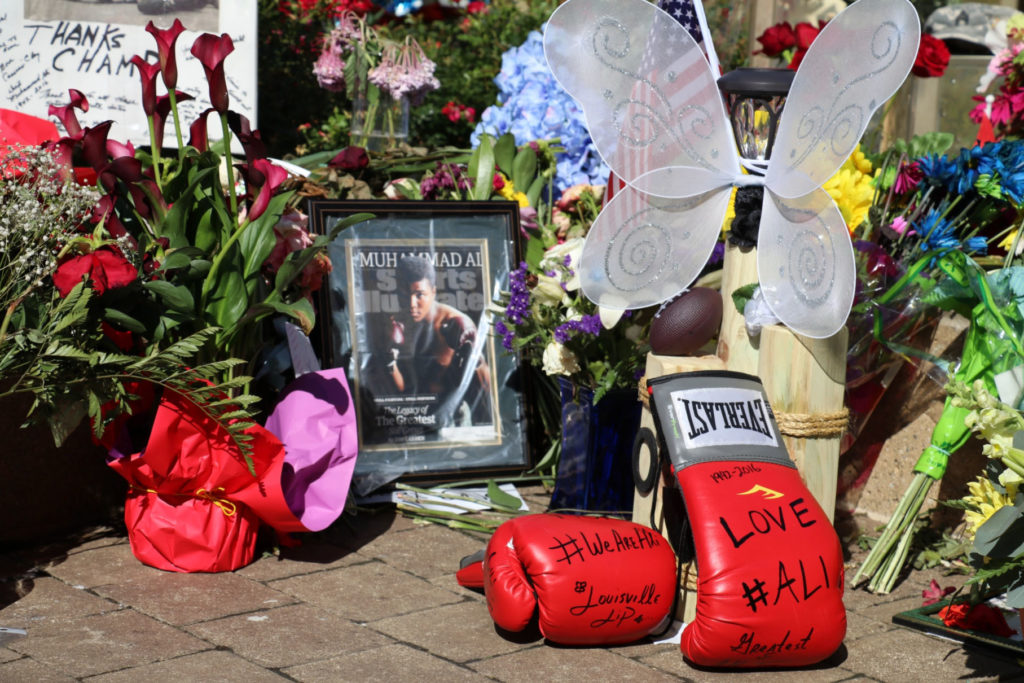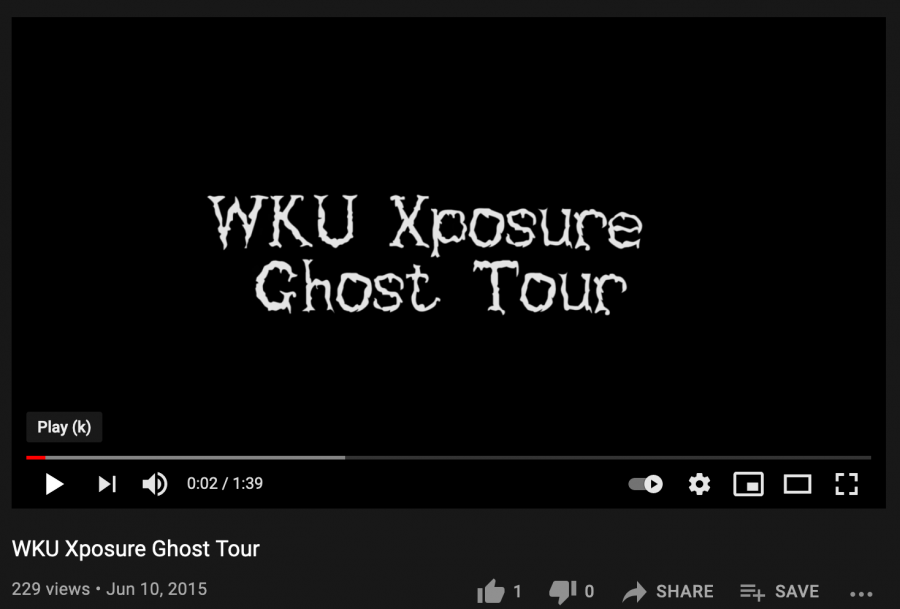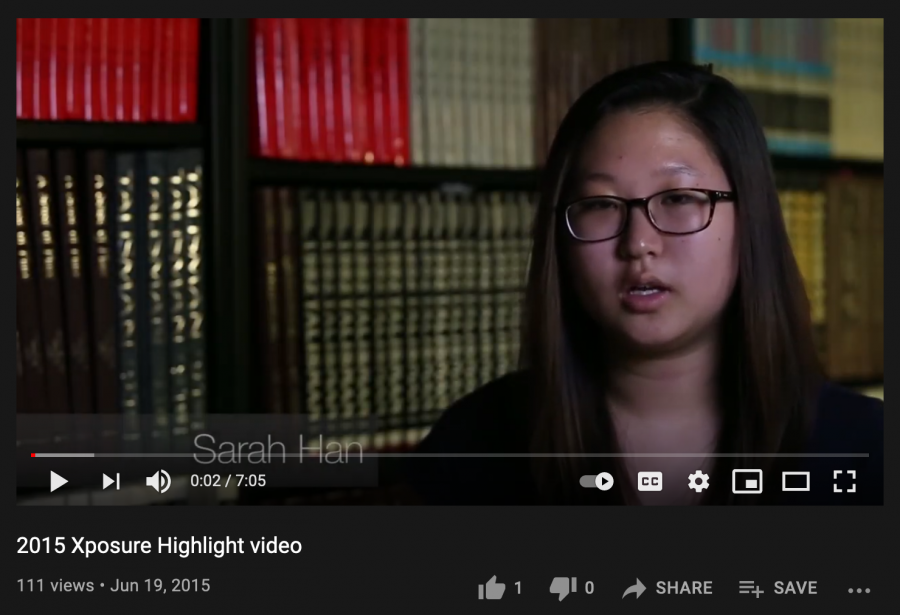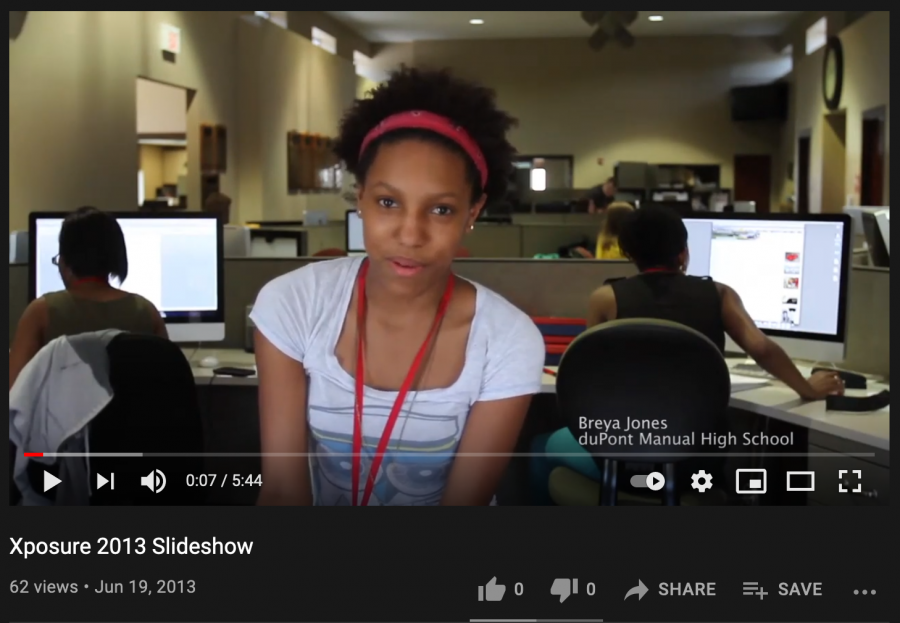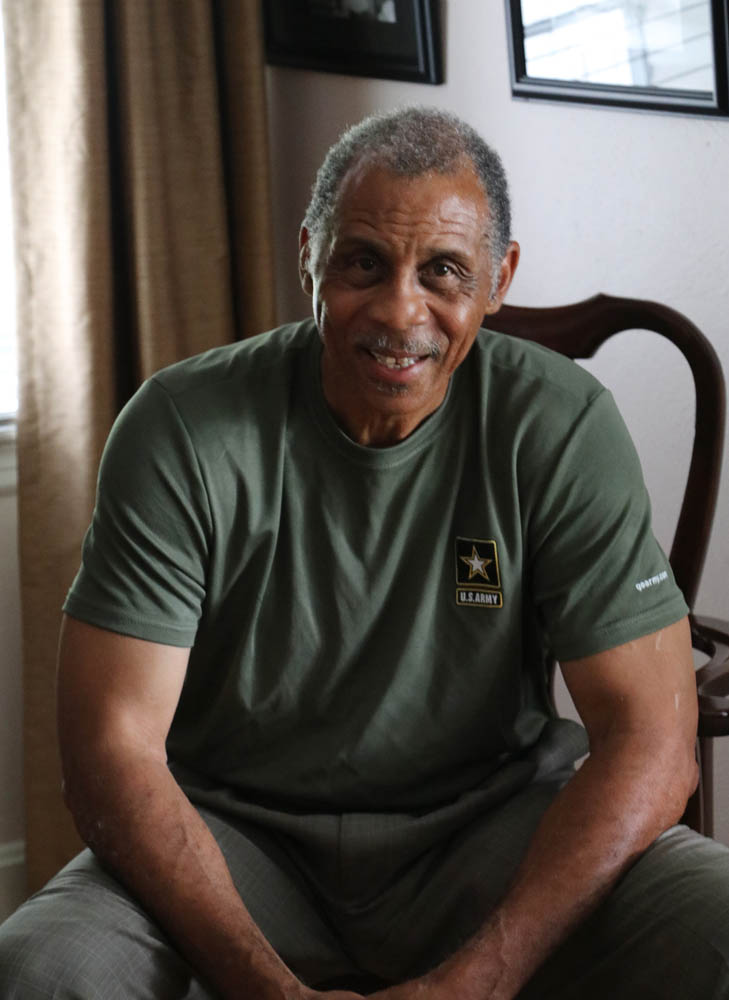By Keilen Frazier, Fern Creek High School
The African American Museum on the WKU campus is a beacon of background to remember the struggles the black community in Bowling Green has been through, particularly the loss of the Jonesville community.
“I hope the museum can heal some old wounds; they’re still some lingering hurt feeling from being ‘disposed’ from the Jonesville housing area in the early ‘60s to open Diddle Arena in 1963,” said Dr. John Long, who was one of the founders, in an interview with the Bowling Green Daily News.
As the chairman of the museum’s board of directors Long worked with the board on building an African American history museum since 2011.
The African American Museum recently moved to its new location at 1783 Chestnut St. It originally was on State Street.
In a video presentation at the Museum, Long said, “It’s important to recognize the contributions blacks made in this city’s history — the good things and accomplishments have just gone unrecognized.”
Long said the move closer to the Jonesville area was significant since the area used to be a black community before the civil war.
Most of WKU’s athletics facilities were built in the former area of low-income housing in the Jonesville area. Students once had a close relationship with the families in the Jonesville area. Families in the community helped students with laundry and Jonesville became home to the first black students on campus.
Don Offutt is a part-time worker at the African American History Museum. When he isn’t in Lexington spending time with his grandson, Offutt is on campus educating on black history. Offutt works at the museum to inspire, motivate, encourage and to provide a background for uneducated youngsters.
Offutt explained that the museum was moved from State and Third Streets and put on campus by request from WKU President Gary Ransdell. Offutt is a graduate from the last class at the all-black high school in Bowling Green, “which was one of the last schools to desegregate as the school never closed until 1965 while other schools started closing in 1963,” Offutt said.
Offutt, a Bowling Green native and WKU graduate, is a part of a generation that experienced the start of desegregation. He remembered a time when he had to buy a movie ticket and by law had to sit on the balcony and then shortly afterward to experience a period where he could buy a ticket and sit on the main floor if he wanted to.
Offutt uses his experience to tell inclusive stories and educates on the African American presence in the community. Offutt never uses the term “integration” but rather believes at that time they weren’t fully integrated.
Offutt thinks of history as a religion.
He broke down religion into three sections. “RE is a prefix, as in go back and reflect. LIG in Latin means to connect, bind like a ligament that has connections all throughout our bodies. ION is a suffix; it’s attached to something that means whatever it’s attached to it’s in the act of doing,” Offutt said. The word religion in this context is the reconnecting, retying or rebinding.
The African American Museum is a place where all of these things take place to rebuild and influence the community, he said.
Offutt uses the Sankofa bird to try to imply certain thoughts in the minds of their visitors. The concept of Sankofa is derived from King Adinkera of the Akan people of West Africa. Sankofa is expressed in the Akan language as “we wo were fi na wosan kofa a yenki.”
Translated, this means: “It is not taboo to go back and fetch what you forgot,” according to a University of Illinois website.
Offutt sees history as two parts – Historiography and history.
“History is the facts this happened, this happened, and this happened. Historiography is a little different; it’s a few facts and the folks who may have given the facts. Historiography is half the story; I teach history,” Offutt said.
Offutt presents the untold facts left out from historiography. He is constantly in search of artifacts that help bring the past to life.
“It’s just things folks have in the storage. If I go to retrieve an artifact, I’m not going to take to take and be on my way,” Offutt said. “I sit down with them and listen to their stories.”
To get more information about the museum’s hours or to donate artifacts, call (270) 745-5753.

